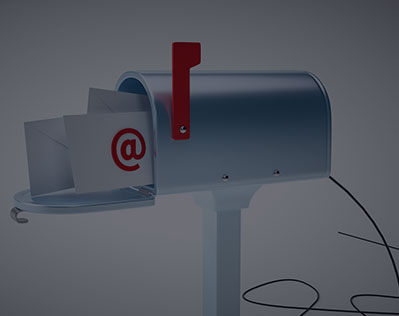- SINGLE-PHASE POLE MOUNTED TRANSFORMER
- S10 SERIES 11kV CLASS DISTRIBUTION TRANSFORMER
- S11 SERIES 20kV CLASS DISTRIBUTION TRANSFORMER
- S11 SERIES 33kV CLASS OLTC POWER TRANSFORMER
- Three-phase three-dimensional coil core oil-immersed transformer
- S13-M.RL-10KV 三相立体卷铁芯油浸式变压器
- Fully sealed oil-immersed distribution transformer
- S11-10kV 全密封油浸式配电变压器
- Fully sealed oil-immersed distribution transformer
- S13-M-10kV 全密封油浸式配电变压器
- Amorphous alloy three-phase oil-immersed transformer
- SBH5-M-10KV 非晶合金三相油漫式变压器
- Oil-immersed power transformer
- S11-35kV 油浸式电力变压器

























































